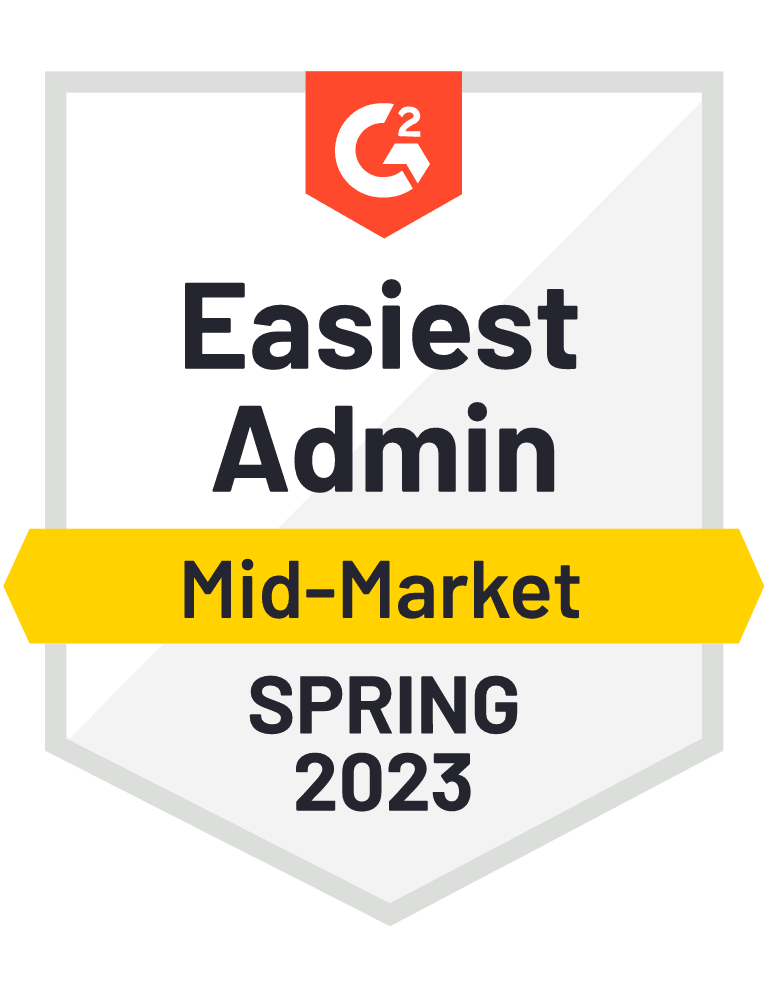Transform your software training with Enterprise AI Adoption
Unlock the Power of Enterprise AI Adoption: 10 Top Benefits
Artificial Intelligence (AI) is changing the way businesses adopt and implement new software. Discover how using an AI-powered Digital Adoption Platform (DAP) can enhance user adoption, optimize training programs, and boost productivity.

What you'll learn:
- Introduction to AI in digital adoption
- The role of AI in digital adoption in 2024
- Key benefits of AI integration in your DAP
- C-Level checklist to secure ROI
Take the next step in your digital transformation journey.
Don’t miss out on this valuable resource. Download our free eBook today and discover how AI can revolutionize your software adoption process.



Great companies use ClickLearn
Why AI in enterprise software adoption?
According to Gartner, businesses utilizing AI can anticipate a 25% boost in efficiency in their processes by 2025.
Adopting AI in enterprise software training is a game-changer for how organizations train users, maximize software usage, and drive overall productivity. Modern Digital Adoption Platforms (DAPs) like ClickLearn go beyond merely recording processes and creating documentation – they transform training approaches, enhance user engagement, and ensure efficient software utilization.
Efficiency and focus
Automated assistance
- Handle repetitive queries: AI-driven chatbots and virtual assistants can manage a wide range of common user queries efficiently. This reduces the burden on human trainers, who often spend considerable time addressing routine questions.
- Free up human resources: By automating these repetitive tasks, human trainers can focus on more complex and value-added activities, such as developing advanced training modules, conducting in-depth training sessions, and addressing unique user challenges.
- Consistent support: Unlike human trainers who need breaks and can be overwhelmed during peak times, AI tools provide consistent and round-the-clock assistance, ensuring that users always have access to the help they need.

Immediate insights for continuous improvement
Personalized learning
- Timely interventions: With real-time data, trainers and managers can quickly identify users who are struggling and intervene promptly. This proactive approach prevents small issues from becoming major obstacles and ensures that users stay on track.
- Data-driven decisions: The insights gained from AI analytics enable organizations to make informed decisions about their training programs. By understanding which areas users find most challenging, organizations can refine their training content and strategies to better meet user needs.

Driving efficiency and effectiveness
Strategic benefits of enterprise AI adoption
A study by McKinsey suggests that AI has the potential to cut operational costs by as much as 20% in specific industries.
- ‘Increased ROI: By improving user adoption and proficiency, AI helps organizations maximize the return on their software investments. Efficient training programs lead to faster adoption and better utilization of software features.
- Scalability: AI-driven training solutions can easily scale with your organization. As your user base grows, AI can continue to provide personalized and efficient training without the need for proportional increases in human trainers.
- Innovation and agility: AI fosters a culture of continuous improvement and innovation. By constantly analyzing user data and feedback, AI enables organizations to quickly adapt their training methods and stay ahead of the curve in an ever-evolving digital landscape.
Transform your software training with Enterprise AI Adoption
Download the free eBook
“Enhancing User Adoption with AI-Powered Digital Adoption Platforms”
Unlock the full potential of your software training programs with our comprehensive eBook. Learn how Enterprise AI Adoption can transform your digital adoption strategy and drive successful digital transformation initiatives.
5 steps for enterprise AI adoption for software training
- Assess training needs: Conduct a thorough assessment of the current CRM or ERP training needs. Identify gaps in user proficiency and areas where AI-powered solutions can provide the most benefit.
- Choose the right DAP: Look for a DAP with features such as automated content creation, multi-language support, and its ability to create guides, videos, and manuals from a single recording.
- Plan implementation: Develop a detailed implementation plan outlining the integration of your chosen DAP with your CRM or ERP system. Ensure all stakeholders are informed and onboard with the new training approach.
- Create training content: Use the DAP to record and generate interactive training materials. Leverage the platform’s AI to automate the creation of user guides, video tutorials, and interactive simulations.
- Deploy and monitor: Roll out the training content to employees and monitor their engagement and progress. Track user performance and identify areas for improvement.
Frequently asked questions about enterprise AI adoption
AI enhances user adoption by providing personalized learning experiences, automating repetitive tasks, offering real-time feedback, and ensuring consistent support, which helps users learn and use new software more effectively and efficiently.
Common AI tools include chatbots, virtual assistants, adaptive learning systems, and real-time analytics platforms. These tools help automate support, tailor training to individual needs, and provide actionable insights.
Yes, AI-driven DAPs are highly scalable. They can adapt to the increasing number of users and evolving training needs without requiring a proportional increase in human trainers.
AI systems monitor user interactions with software in real time, tracking performance and progress. They provide immediate feedback and suggestions, helping users understand and improve their skills continuously.
AI can significantly reduce training costs by automating repetitive tasks, minimizing errors, and improving the efficiency of training programs. This leads to better resource allocation and higher returns on software investments.
Success can be measured through various metrics, such as user engagement, adoption rates, performance improvements, and feedback. AI analytics provide valuable data to track and evaluate these metrics effectively.



